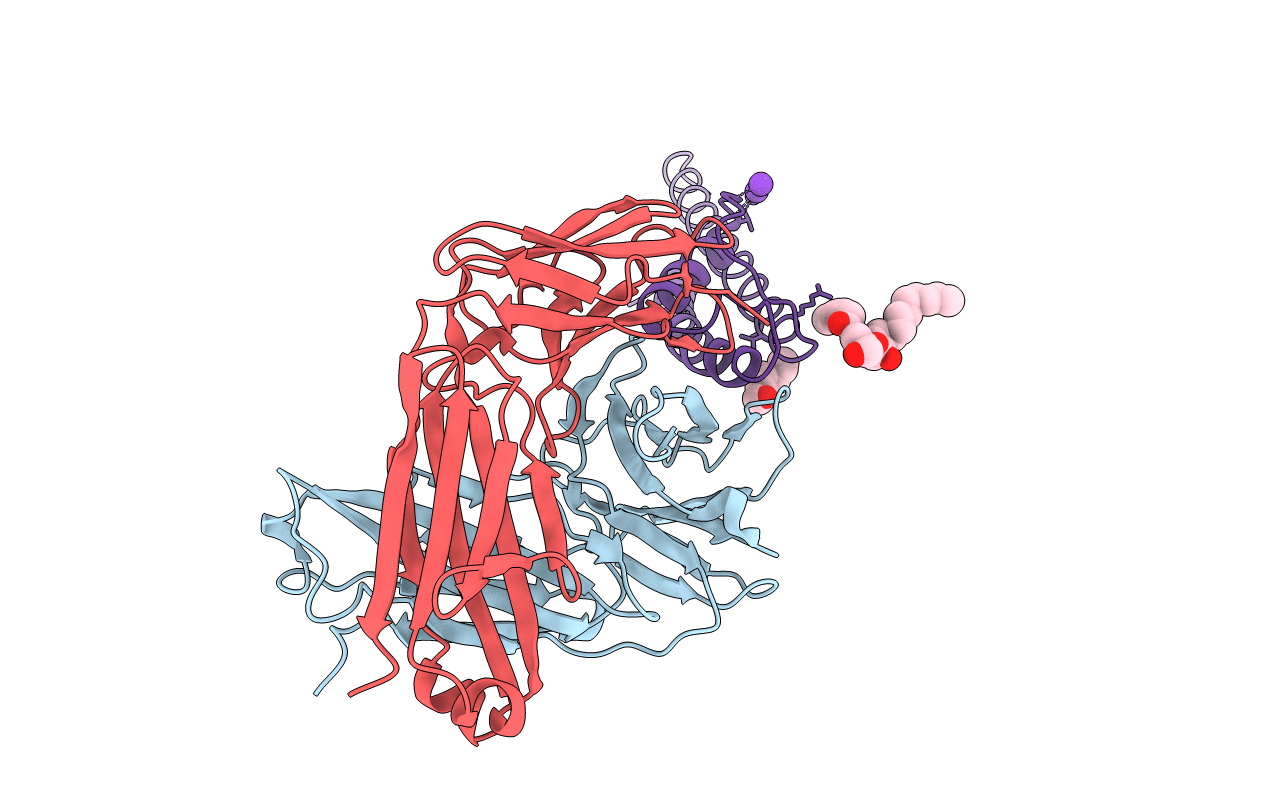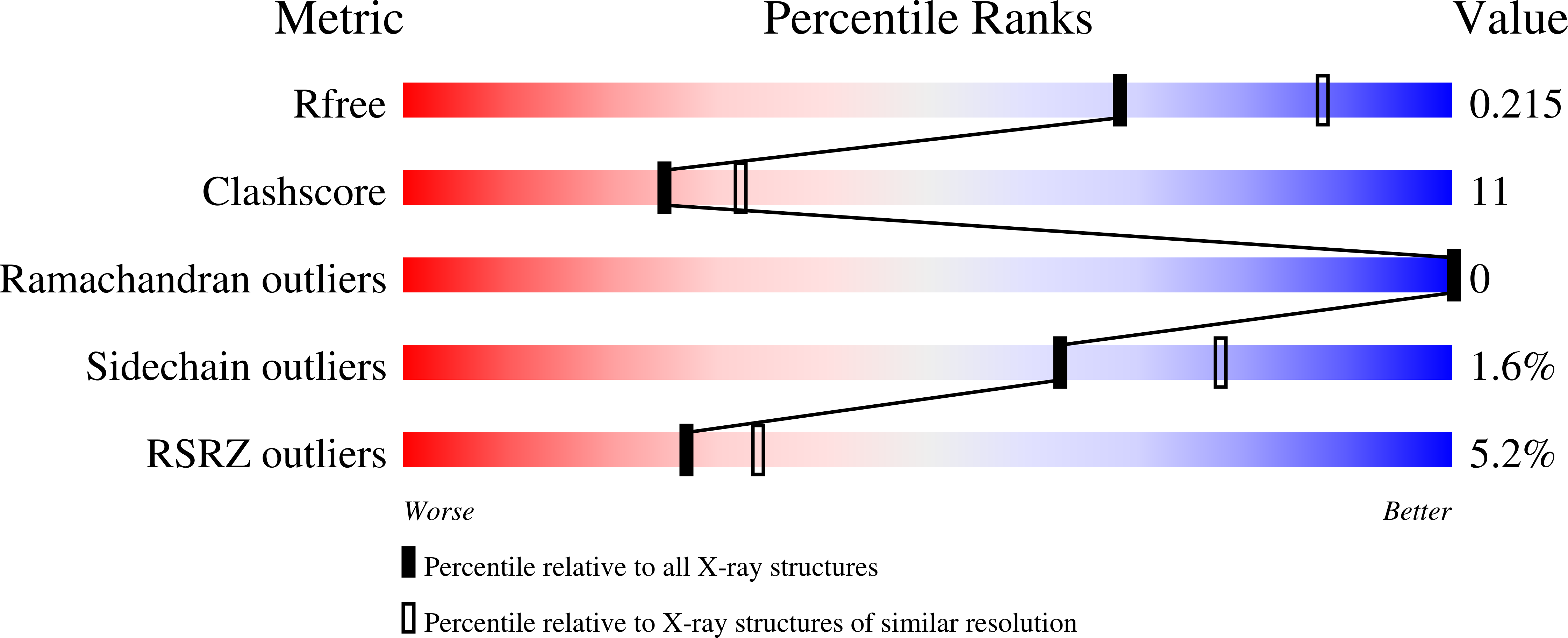
Deposition Date
2001-10-07
Release Date
2001-11-14
Last Version Date
2024-11-13
Entry Detail
PDB ID:
1K4D
Keywords:
Title:
Potassium Channel KcsA-Fab complex in low concentration of K+
Biological Source:
Source Organism:
Streptomyces lividans (Taxon ID: 1916)
Mus musculus (Taxon ID: 10090)
Mus musculus (Taxon ID: 10090)
Host Organism:
Method Details:
Experimental Method:
Resolution:
2.30 Å
R-Value Free:
0.23
R-Value Work:
0.21
Space Group:
I 4


